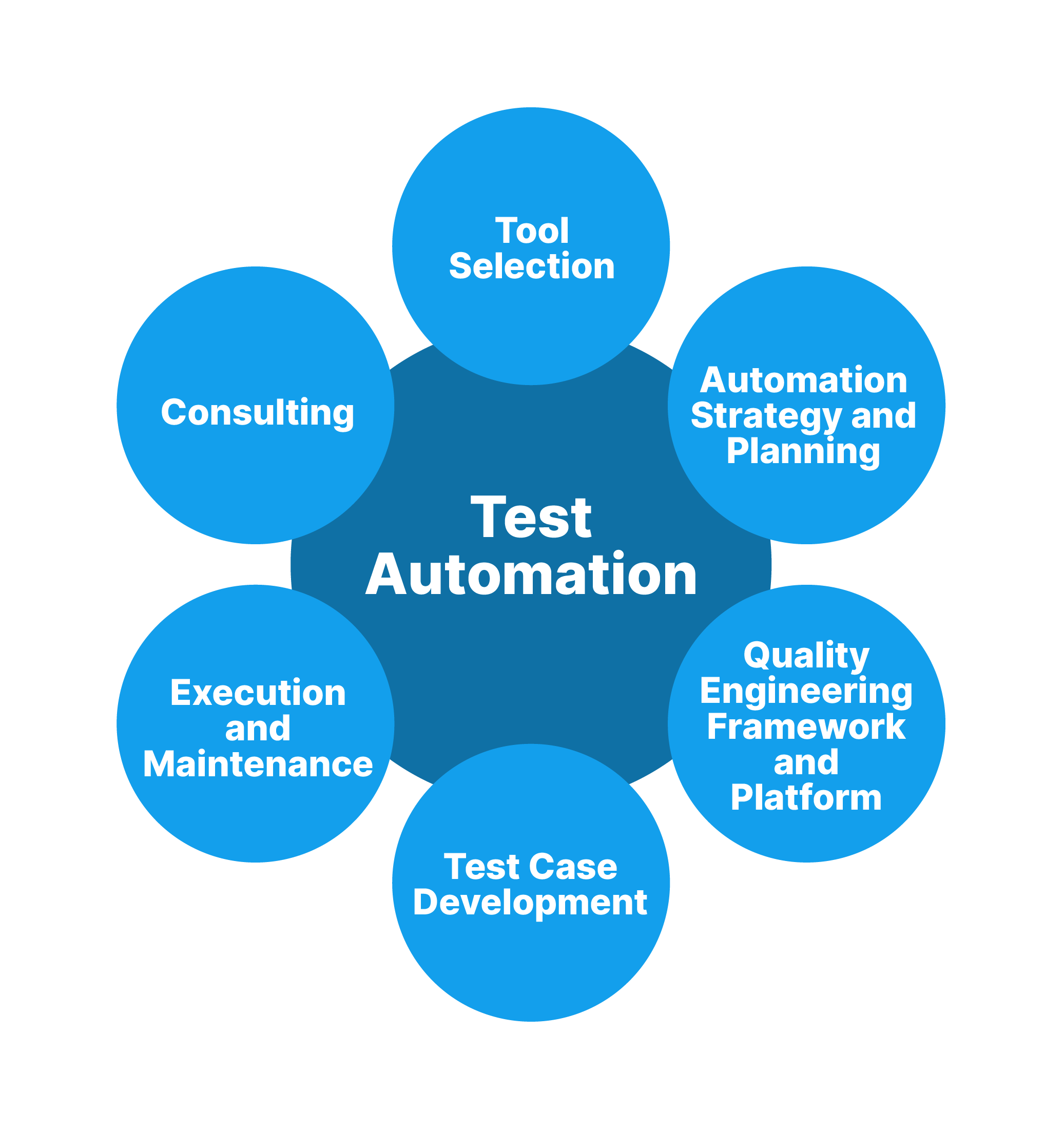From Handbook to Automated Testing: A Comprehensive Overview to Transitioning Efficiently and Properly
In the world of software application testing, the change from guidebook to automated procedures has ended up being an increasingly crucial transition for organizations seeking to enhance effectiveness and accuracy in their screening techniques. As technology continues to development, the requirement for efficient and smooth computerized screening methods has actually never ever been much more important. The trip from guidebook to automated screening is not without its difficulties, yet when come close to strategically and with a clear plan in mind, the benefits can be considerable - automation testing. In this detailed overview, we will certainly check out key steps and factors to consider vital for a successful transition, from the preliminary selection of tools to the combination of automation right into existing operations. Keep tuned to reveal the insights that will assist pave the method for a smoother and extra efficient screening procedure.
Benefits of Automated Evaluating
Automated testing uses many advantages, boosting performance and accuracy in software advancement procedures. Automated examinations can be run all at once on several devices and running systems, considerably speeding up the screening phase contrasted to manual screening.
In addition, automated screening makes sure a higher degree of accuracy in detecting flaws. Uniformity in testing is additionally enhanced, as automated examinations implement the exact same steps exactly each time they are run.
Selecting the Right Tools

First of all, examine your requirements and purposes. Understand the scope of your task, the modern technologies included, and the capability of your group. This analysis will assist you figure out the abilities and attributes you need in your screening tools.
Secondly, think about the compatibility of the devices with your existing processes and systems. Smooth assimilation with your present software application growth lifecycle is crucial to guarantee a smooth change to automation.
Additionally, assess the scalability and adaptability of the tools. As your testing needs develop, the tools need to have the ability to adjust and accommodate changes effectively.
Finally, aspect in the assistance and area around the devices. Durable support and an active customer community can give beneficial sources and aid when applying automated screening. By very carefully considering these aspects, you can select the right tools that align with your requirements and set the phase for an effective transition to automated screening.
Writing Efficient Examination Scripts

When crafting test manuscripts, it is necessary to consider the details needs of the software being evaluated and make certain that the manuscripts attend to all crucial capabilities. Descriptive and clear calling conventions for test scripts and examination cases can improve readability and maintainability. Furthermore, including error handling systems within the examination scripts can assist in determining and attending to concerns promptly.
Furthermore, organizing test scripts into modular pop over to these guys components can enhance reusability and scalability, minimizing redundancy and improving performance in test script maintenance. Normal testimonials and updates to test manuscripts are critical to maintain rate with progressing software needs and capabilities. By following these principles, testers can create robust and efficient test manuscripts that add significantly to the success of automated screening procedures.
Integrating Automation Into Workflows
By perfectly integrating automated testing tools like Selenium or Appium right into the software development lifecycle, teams can attain faster comments on code adjustments, leading to quicker insect discovery and resolution. This combination permits for constant screening throughout the growth process, guaranteeing that any problems are recognized early on, resulting in higher software program quality. Appropriate assimilation of automation devices needs collaboration between development, screening, and procedures groups to establish a unified process that maximizes effectiveness and performance in delivering top quality software program products.
Ensuring a Smooth Shift
Successfully transitioning to automated screening involves careful planning and mindful execution to lessen interruptions and optimize effectiveness in the software program growth procedure - automation testing. To ensure a smooth shift, it is important to start by conducting an extensive assessment of the present testing procedures and recognizing areas where automation can bring see post the most significant advantages. Engaging with all stakeholders beforehand while doing so, consisting of programmers, testers, and job managers, is essential for amassing support and buy-in for the automation campaign
Interaction is vital during this transition stage. Clear communication of the goals, advantages, and assumptions of automated screening helps to manage any resistance or issues that might arise. Furthermore, providing ample training and resources for employee to upskill in automation tools and strategies is essential for guaranteeing an effective transition.

Verdict
In conclusion, transitioning from manual to automated screening supplies numerous benefits, including increased performance and integrity. By choosing the proper devices, creating reliable test scripts, and incorporating automation seamlessly into workflows, companies can guarantee a successful you can check here and smooth transition. It is crucial to embrace automation as an important asset in software testing processes to boost total high quality and efficiency.
In the realm of software program testing, the shift from handbook to automated procedures has actually ended up being an increasingly vital shift for companies seeking to enhance effectiveness and accuracy in their testing methods. Automated tests can be run simultaneously on multiple gadgets and running systems, considerably speeding up the screening stage contrasted to hands-on screening. Uniformity in testing is additionally improved, as automated tests implement the exact same actions precisely each time they are run.To make sure the effective implementation of selected screening tools, the creation of reliable test scripts plays a crucial role in validating the capability and efficiency of automated processes - automation testing. By complying with these concepts, testers can develop robust and effective test manuscripts that contribute dramatically to the success of automated screening procedures